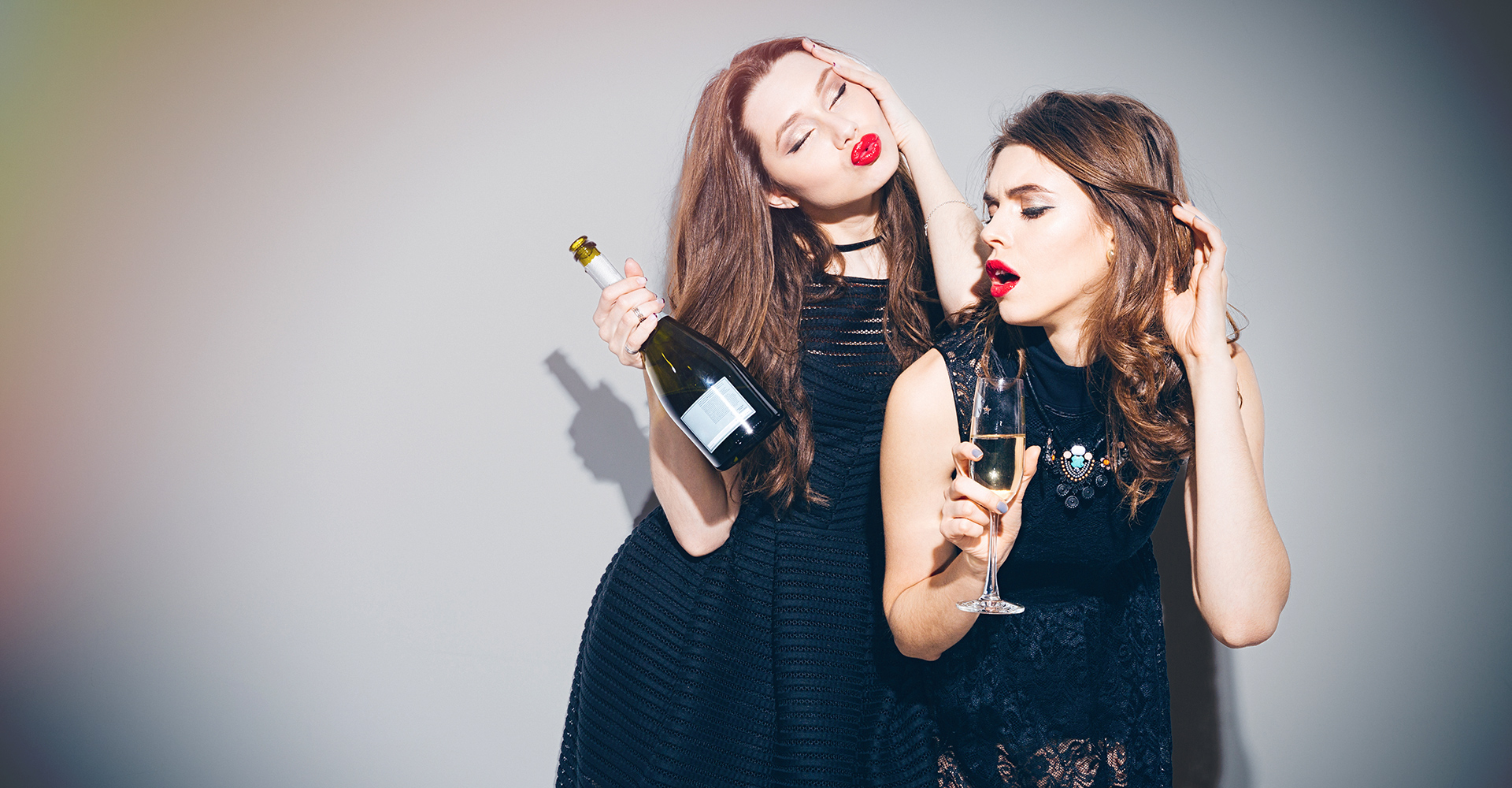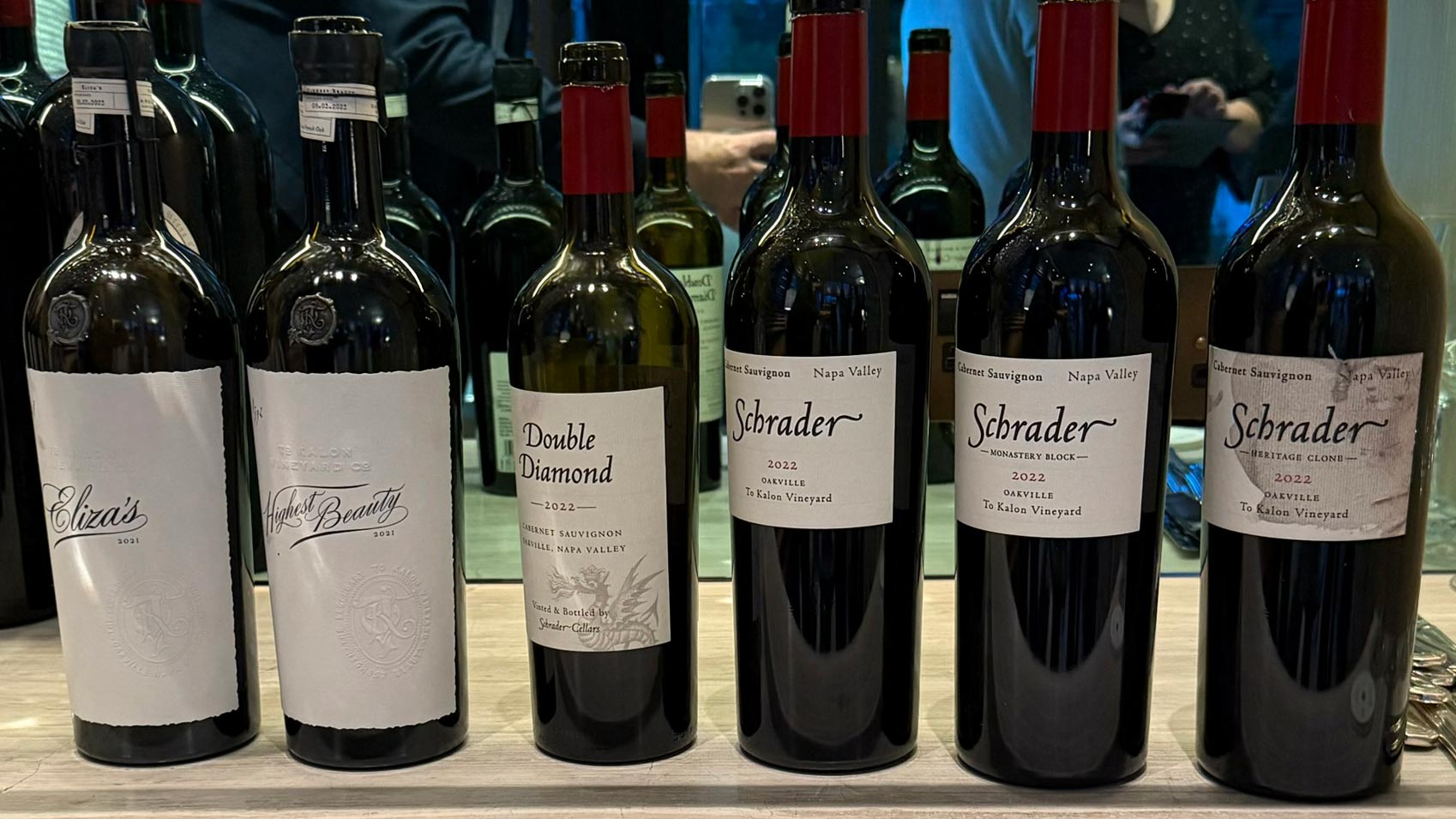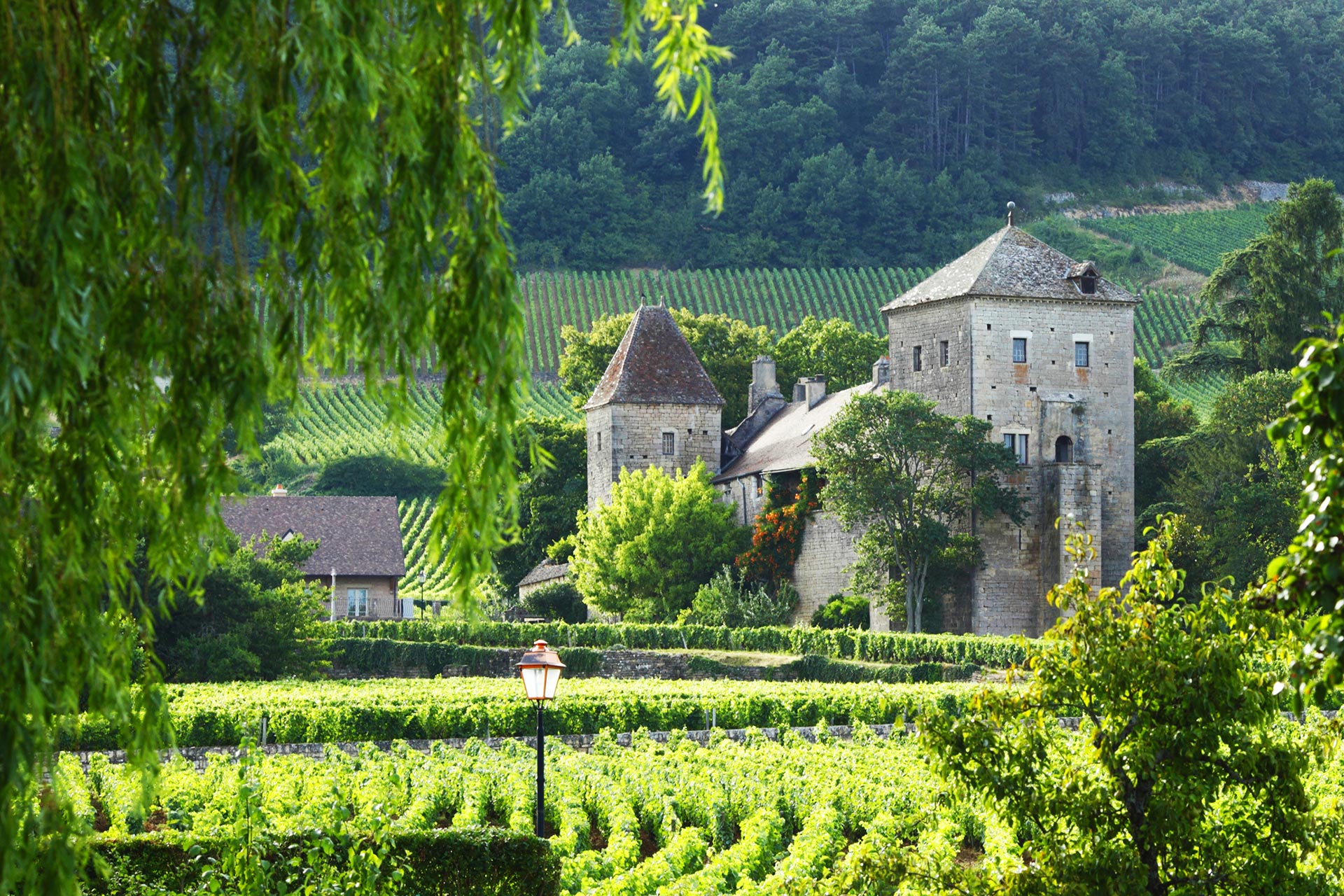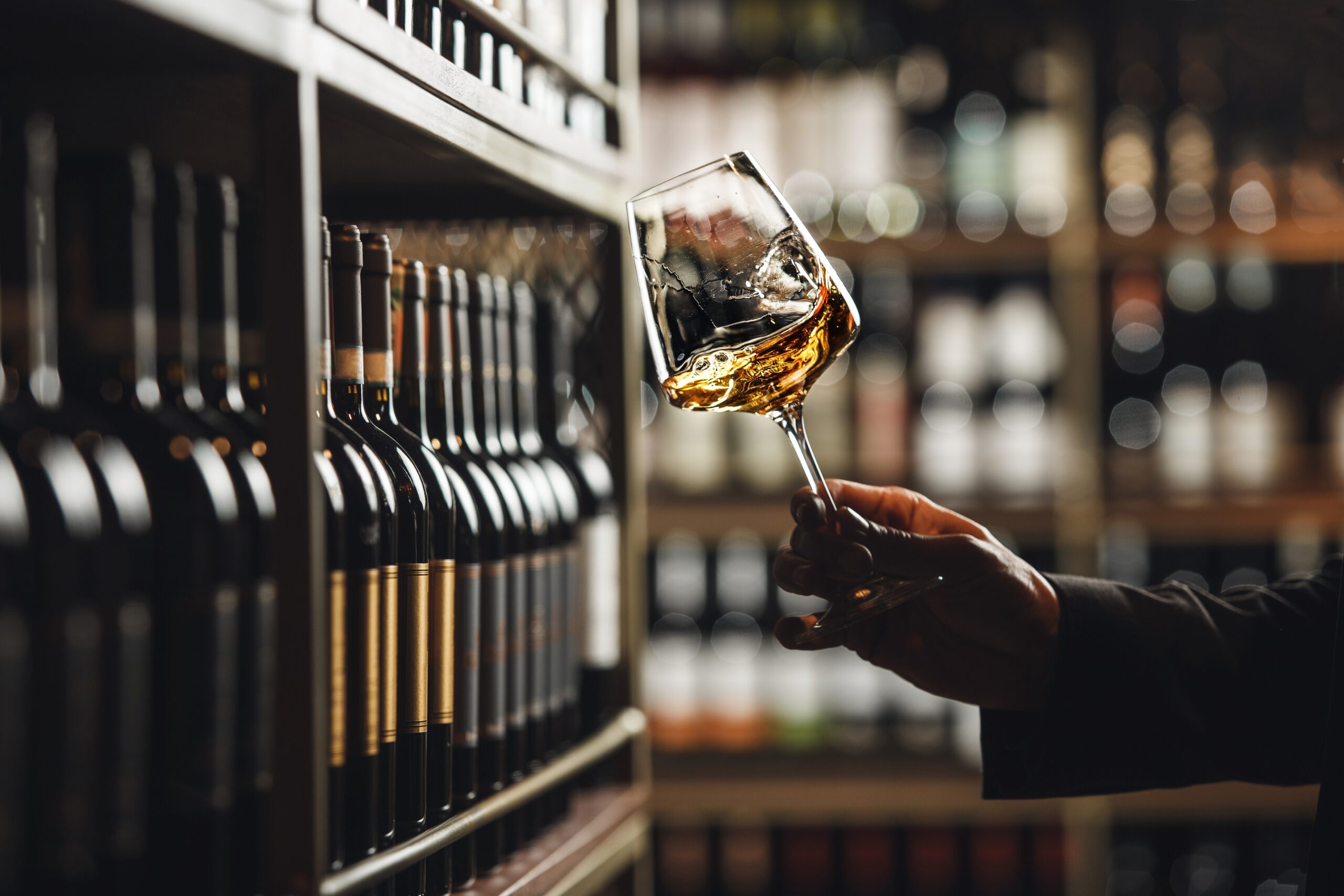Part 1: This Is Your Brain on Wine
Ethanol—the rogue molecule in wine—isn’t interested in small talk. It skips digestion, dives into your bloodstream, and races to your brain like it’s late for a party. Once there, it doesn’t knock politely. It barges in, hands dopamine a megaphone, and flips every switch marked “fun,” “reckless,” and “do-not-operate-heavy-machinery.”
Within five minutes, the effects kick off. You feel relaxed. The world seems warmer. By fifteen minutes, your social filters are rolling their eyes and heading for the exit. After that? Your frontal lobe—the voice of reason and restraint—starts broadcasting from a distant island with no signal.
This brain region, responsible for decision-making and self-control, is the first casualty. It’s why ordering a third bottle of rosé or texting your ex at 2am seems completely reasonable in the moment. As wine continues its joyride through your neural circuits, your cerebellum and hippocampus join the chaos—disturbing balance and short-term memory.
Science-to-Sip Tip: Sparkling wine hits harder and faster due to carbonation helping it absorb quicker. White wine tends to be more forgiving. Red wine? It’s the long, slow burn—seductive, but vengeful if underestimated.
Part 2: Stumbling Through Science – The BAC Breakdown
Blood Alcohol Content (BAC) isn’t just a breathalyser number—it’s a scale of personal evolution (or devolution) on a night out. It marks the transition from witty banter to slurred philosophy.
Here’s how the stages unfold:
| BAC Range (%) | Stage | What Happens | Observable Symptoms |
|---|---|---|---|
| 0.01–0.05 | Subliminal | Minor inhibition fade | Relaxed, chatty |
| 0.03–0.12 | Euphoria | Confidence up, judgment down | Louder, flirtier |
| 0.08–0.25 | Excitement | Coordination loss, emotion spikes | Slurred speech, unsteady |
| 0.18–0.30 | Confusion | Blackouts, motor skill collapse | Disoriented, unsafe |
| 0.25–0.40 | Stupor | CNS starts shutting down | Vomiting, aspiration risk |
| 0.35–0.45 | Coma | Breathing slows dangerously | Unconscious, emergency |
| > 0.45 | Death | Brain forgets to keep you alive | Fatal alcohol poisoning |
Each step isn’t just about impairment; it’s biology working overtime to survive the onslaught. And the faster you drink, the faster you climb this ladder—often skipping rungs straight to confusion or worse.
Part 3: The Hangover Files – AKA Veisalgia
Veisalgia—a fancy term from Norway that essentially means “mortal regret”—isn’t punishment from the gods. It’s your body’s internal alarm system screaming, “Never again,” while preparing for you to ignore that message by next Friday.
Acetaldehyde
Once your liver processes ethanol, it turns into acetaldehyde—a chemical that makes ethanol look like a cuddle. It’s toxic, carcinogenic, and the prime suspect in the case of your throbbing head and upset stomach. For those with less effective enzymes, it lingers longer and hits harder.
Cytokine Storm
Your immune system thinks it’s under viral siege. It releases cytokines—chemical messengers of misery. This is why you feel feverish, foggy, and ready to spend the day horizontal.
Gut Drama
Alcohol increases gut permeability. Translation: your intestinal wall gets leaky, letting bacterial toxins slip into your bloodstream. Cue widespread inflammation.
Sleep and Sugar
Even if you pass out like a stone, alcohol disrupts REM sleep and blocks glucose production in your liver. The result? You wake up cranky, exhausted, and craving carbs with the desperation of a raccoon at a campsite.
Part 4: The Vinous Variables – Why Some Wines Hurt More
Wine isn’t just ethanol in fancy packaging. It’s a cocktail of hundreds of compounds—some charming, others mischievous. These extras determine whether you wake up ready for brunch or googling “brain tumour or hangover.”
The Culprits
- Congeners: By-products of fermentation. Red wine has more. More flavour, more pain.
- Histamines: Can trigger immune responses like congestion or headaches.
- Tannins: Provide structure and bitterness. May mess with serotonin levels.
- Sulfites: Mostly harmless unless you’re sensitive. They preserve wine, not ruin you.
| Wine Type | Congeners. | Histamine | Tannins | Sulfites |
| Full-Bodied Red | High | High | High | Low-Med |
| White | Low | Low | Low | High |
| Sparkling | Low | Low | Low | High |
Conclusion: Red wines bring both complexity and consequences. White wines are biologically gentler. Sparkling wines? Stealthy but swift. Choose your buzz—and your morning—wisely.
Part 5: Hangover Cures – Science vs. Snake Oil
Hangover cures are like unicorns: legendary, elusive, and usually full of glittery nonsense. While your mate swears by pickles or a greasy fry-up, here’s what science actually supports.
Your Best Allies
- Hydration: Water is king. Add electrolytes if you’re feeling royal.
- Food: Bland carbs can stabilise blood sugar and settle your stomach.
- Sleep: Real sleep. In a bed. Not on your mate’s hallway floor.
Proceed With Caution
- NSAIDs: Good for pain, but take them with food to protect your stomach.
- Paracetamol: Avoid post-drinking—it can damage your liver.
- Supplements: Mostly marketing. If they help, it’s probably placebo.
- IV Drips: Overhyped unless you’re genuinely ill. Save your money.
Hair of the Dog?
A myth with dangerous potential. Drinking more alcohol may delay hangover symptoms—but it prolongs the toxic chaos and normalises risky behaviour.
Final Word
The best hangover cure is prevention. Know your limits. Alternate booze with water. Eat before you drink. And maybe become French—sip slowly, pair with cheese, and call it a night while your dignity’s still intact.
Disclaimer: WineGuide101 celebrates the culture, history, and joy of wine. We encourage readers to enjoy wine responsibly—savour, don’t overindulge. Please drink in moderation and in accordance with your local laws.



